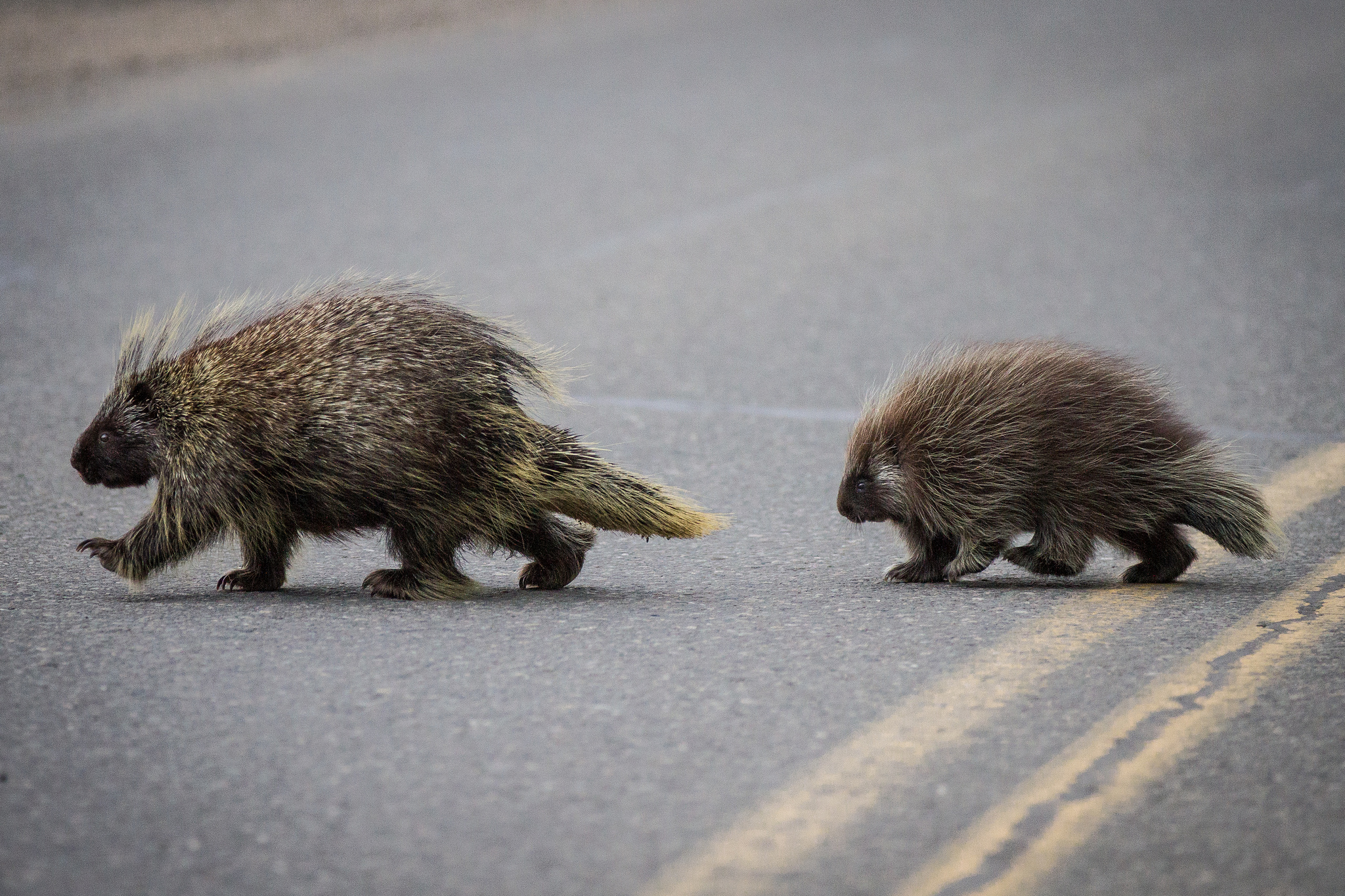This article was originally published in The Hill.
If you’ve ever peered over the edge of Half Dome in Yosemite, hiked to Angels Landing in Zion, or watched alligators cruise through the Everglades, it’s clear why our national parks have been marked and preserved as special places.
Currently, visitors pay for admission to about a quarter of our more than 400 national park units, and last week the National Park Service announced that it will increase rates for most types of passes by $5 starting in June.
“This is just one of the ways we are carrying out our commitment to ensure that national parks remain world class destinations that provide an excellent value for families from all income levels,” Interior Secretary Ryan Zinke said of the change.
The modest fee increase means that for the price of an ice cream cone at Yellowstone’s Canyon Lodge we will collectively be investing millions in the future of our beloved public lands—which urgently need it.
When you think of the Grand Canyon you most likely envision the many layers cut into the red earth by the Colorado River, not the leaky, 80-year-old Trans-Canyon Pipeline. Yet the pipeline routinely breaks, leaving park visitors without potable water on an entire rim of the canyon and costing taxpayers roughly $25,000 per repair.
Unfortunately, this is the reality of many of our national parks. For all their majesty and grandeur, behind the scenes much of their infrastructure is crumbling. The National Park Service faces $11.6 billion of overdue maintenance projects. Forty-one percent of paved roads in national parks are rated “poor” or “fair,” and thousands of miles of trails are in “poor” or “seriously deficient” condition. We can no longer sit by and watch as our crown jewels tarnish.
The small change in visitor fees can make a big difference in the future of our park system and tackling the maintenance backlog. In the 117 national park units that do charge fees, the majority of fee revenues can be retained and used by the park that collects them.
Under the Federal Lands Recreation Enhancement Act, a minimum of 80 percent of fees collected within a given park stays within that park. Any remainder goes back to the National Park Service to help improve the 300 parks that do not charge any fees. Of the share of funds retained by a park, 55 percent is designated for deferred maintenance projects.
Permitting parks to keep visitor fees allows superintendents and managers with the best on-the-ground knowledge of park needs and visitor desires to determine how to best spend those funds. Giving local management the flexibility to decide which projects take priority empowers individual parks to address deferred maintenance or tackle routine maintenance before it becomes overdue.
While visitor fees can’t immediately solve all maintenance problems, the upcoming increase can certainly help take a bite out of them. In 2016, National Park Service entrance fees totaled $199 million. With an estimated additional $60 million in fee revenue from the rate increase, we can expect parks to generate over a quarter of a billion dollars from fees alone.
This is great news for parks like Denali National Park and Preserve in Alaska, which faces a maintenance backlog of $54.7 million. By increasing its per-person entry fee from $10 to $15, Superintendent Don Striker estimates that the park will be able to “eliminate [its] non-roads maintenance backlog in five years.” This is a crucial step in preserving some of the wildest country in America.
There was fear that raising visitor fees substantially, which the Interior Department originally proposed last October, would keep people out of their national parks. But with the new price schedule, the most expensive seven-day vehicle pass will rise from $30 to $35. For a family of five making a summer road trip to Grand Teton National Park, that’s an increase of only $1 per person for the whole week, or about $0.15 a day per family member. And where admission fees are charged, they will still make up a small portion of the cost of most park visits—just 3 percent according to data from Yellowstone and Yosemite.
As national park users, we should be thrilled that for mere pennies per visitor-day we can better protect America’s best idea. The fee increase shows that the National Park Service is prioritizing maintenance and taking steps to involve those of us who love and enjoy our parks in the solution. It’s time to take pride not only in being public land owners but also in becoming better public land funders.





